Rather than prattle on about my own process this month, I decided to chat with Ryan Pancoast for a peak into his. The main reason I chose Ryan is because I’ve been privileged enough to have had glimpses of some of the things that go into his work over the years, and I’ve been fascinated by the degree of prep work he does, and how he goes about doing it all.
If you’re unfamiliar with Ryan and his work, he’s a traditional oil painter that’s been working in the industry full-time for well over a decade and his work has graced everything from Magic cards to book covers to beer labels. Here is some of his work:
Rather than explain too much, I’ll just get on with the discussion and he can explain his work and process himself.
Steve: Looking through your work—I’ve seen enough of your photos and reference to know that you do WAY more preliminary and maquette work than I do. Even when I do, mine tends to be far more rudimentary than what you do, and I’ve noticed recently that a lot of your reference stuff has been comprised of your kids toys and I find it really fascinating because I don’t personally think of Barbie as being a particularly versatile artist’s model.
Ryan: Yeah…
S: But you are obviously really good at working around the limitations of such toys and elevating them with pretty elaborate outfits, armor, etc. Walk me through putting together the outfits for one of your daughter’s dolls, which turned out to be shockingly accurate to what eventually ended up in the painting. I mean, are you making runs to fabric stores? Do you have a lot of this on hand? Is this all stuff that you have accumulated? Do you live in a hoarder’s house? How does it work?
R: Ironically, if you want to go back a little ways, I didn’t do a lot of this photo reference stuff when I first started doing Magic and even a couple of years after I started. And there was one piece that you did that was a chrome magic wand or something and you had photo reference you took of a chrome vacuum cleaner pipe on a blanket. And that kinda changed my thinking a lot, because when I started, I was looking a lot at Chris Rahn and Steve Prescott who are able to create so much out of their own imaginations, and I was thinking “if I think of it, then I can paint it.” Those guys make it look easy, so I thought I should be doing the same. And I tried that approach, and it didn’t work.
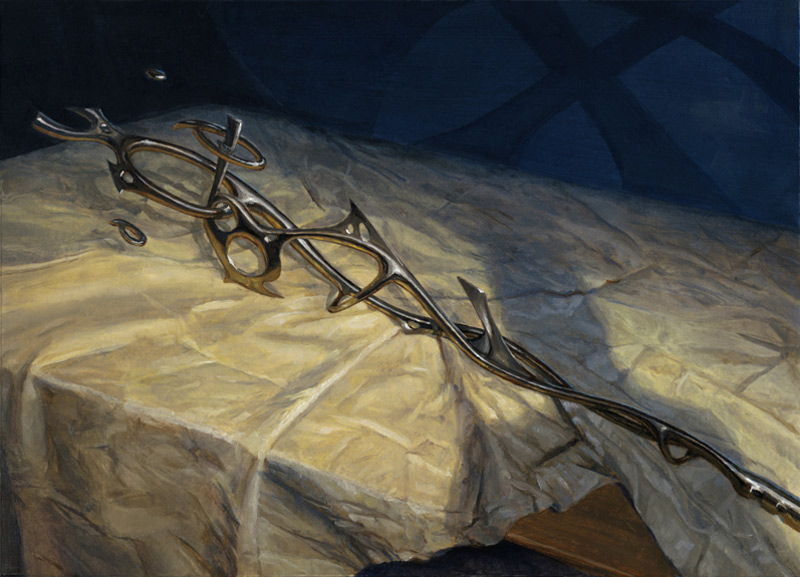
For context, Ryan is referring to this piece that I did, Scepter of Insight, (oil on hardboard (I think), and I don’t remember the size), and the vacuum reference I took, seen above.
For my portfolio work, I tend to do a lot of high quality photo-reference and I didn’t make the connection between doing that high-quality photo reference for my portfolio work and doing the same thing for my illustration work. And my portfolio work was way better than my Magic work. And seeing your photo of the vacuum cleaner, made it all click and I realized I don’t have to have a photo of a magic wand, I just need a photo of SOMETHING, and that made it a lot easier.
So, over the course of my career, I developed a process where I try and get all the reference lined up ahead of time and that started with some rudimentary maquettes and then progressed to hiring models rather than asking friends and family to pose—you know finding an appropriate model that would really nail the pose. And that led to upping my game in terms of sculptures and maquettes.As far as Barbie goes, Barbie is just a really conveniently sized doll that I have a lot of in my house, because of my daughter. Things like G.I. Joe figures would be too small. She’s right in that sweet spot where you can easily create stuff that translates to a larger scale. And so what I try and do —when applicable— is build an outfit that is as close as possible to the character I’m illustrating. It doesn’t always work out, so then I’ll have to supplement with references from other sources. But, a lot of the outfits I create, are done using the bulk APs (Editor’s Note: artist proofs cards that Wizards furnishes artists with and have a nasty habit of accumulating) that I have lying around. And so I create little paper sculptures and spray paint them, and make smaller, Barbie-sized replicas of the outfits I need for my work. Fortunately, Magic has a lot of costume design that has a lot of hard edges in the armor, lots of straight edges, and very little stuff that’s billowing. And so you can do a lot with cards spray painted the right way.
I try and use what I have on hand, which is mostly children’s toys and APs. But I still need to supplement those maquettes with photos of a model in the right light, photos of me in the right light, and then combine them as I work, to bring it all together.
Steve: So, walk me through hiring models. How do you go about it, do you use a local agency? Are you hiring through a website?
Ryan: At first, I used to hire models through a website called Model Mayhem. I haven’t had to do that a lot recently because more recent jobs haven’t really required specific human reference. But I also have two local agencies that I call up when I need something extremely specific—like a person of a certain age, or a person of a certain race—and I call them up and ask them if they have anybody and they send me options and I chose the one that would work, and that’s been extremely useful. Yeah, it costs some money up front, but right now, with Magic original sales being what they are, I can make that expense up on the back end. So anything I can do to make the piece a better piece—it’s good for the portfolio, good for the client—
Steve: And it’s a write-off.
Ryan: And it’s a write-off, yeah. Anything that you spend in terms of models and maquettes and props you can write off at the end of the year. In the past you could bill the client for that sort of stuff, but I’m not sure how much that is done anymore.
If you’re extremely short on time, there’s lots of things you can’t do, but I’ve found that, ironically, taking the time to do all this prep work actually saves time, because I’m not trying to fix things in the paint. I really try and approach it like painting en plein air, or portrait work—both of which I love to do, but don’t have the time to. So if I can get the reference to the point where I’m looking at something and just painting it, then the process goes really fast. But in order to get to that point, you have to do all this prep work, so a lot of my time is building reference and painting takes relatively little time by comparison—though I wish our deadlines were just a little bit longer…
Steve: They used to be! They’re a week shorter than they once were!
Ryan: They used to be! If they still were just one week longer, then it’d be so much easier.
Steve: So, with the reference efforts up front designed to save you time on the back end when painting, how much time do you think that actually saves you? Or does it just adjust the division of overall time invested? Like, you’re spending less time painting, but because of the work creating the reference, you’re still spending about the same total time on a given piece…
Ryan: I think you’re probably on to something, there. The benefit, though, is that the prep work makes the paintings a lot better than they used to be. And also, I have a family, other responsibilities, and I can’t really be in the studio all the time to fix the problems as they come up in the paint. I can dress up a Barbie while the kids are running around. I can shoot reference, while something else is going on. But I can’t really spend tons of time in the studio fixing mistakes. So I need to have everything squared away so that when I’m in the studio, I’m painting and I’m actually getting stuff done, I’m actually progressing to the deadline.
Steve: In the case of Elite Spellbinder, a piece you did that contains a portrait of the Magic World champion, Paolo Vitor Damo da Rosa, was the reference of him something you were sent? Or did you take that yourself?
Ryan: For me it’s rare that I get very specific reference from the Art Director (outside of Magic art that’s already been created or images from the style guide). But in this case, they sent a collection of promo images taken of Paolo, the world champion—shots of him on the beach, holding the trophy, other miscellaneous promo shots of him—and my job was to choose from among those photos and use them to create his likeness within a piece. For me, the best way to do a good portrait is to chose just one photograph, and not try to meld together a bunch of other images into a single portrait. So I chose the best photo they provided and discarded the rest. Also, if I’m doing a portrait, I don’t like to change the lighting from the photo reference too much, and so all three of my sketches were still based on that one image and the design of the lighting within them was built to be consistent with the reference.
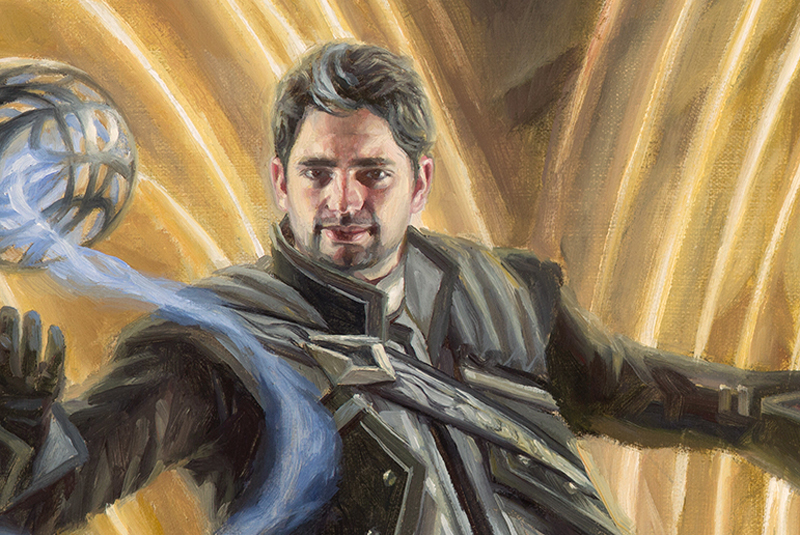
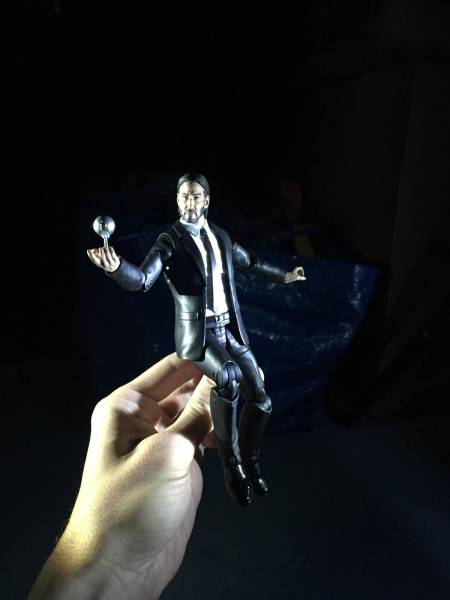
I’m not in the business of making things harder on myself. And with this piece, there was a really specific goal. And above all else, that was to make the most accurate likeness possible. It wasn’t about trying to reinvent the wheel. The picture was there, I just needed to use the picture and find ways to make the lighting on the face make sense. So it wasn’t too much of a stretch.
Steve: The really nice thing about using yourself, or friends and family, for reference is that you don’t need to maintain slavish fidelity to the likenesses. The result can be more generic or may not even look like the person you used at all. The reference is still helpful and can get you to a more solid-feeling result with more accurate lighting, but it’s not necessarily about the likeness a lot of the time. But with a model, you’re hiring a specific person. Under those circumstances, how concerned are you with going after an actual likeness?
Ryan: There are times when I need a specific model, because I need to illustrate a particular character, but I can’t get all the way there with a model. In those occasions, I end up being disappointed that I can’t just paint them as they are. I prefer to do that—it’s easier, and it’s more fun for me and for the model. But, there are times when the model is just perfect. Like I hired a model for a piece that won’t be out for a while, but they were perfect—I didn’t have to change a thing about them. So, I do try and find models that are as close as possible to the character I’m working on so that I don’t have to make those leaps. I try and put a lot of time and care in selecting the right model for the job. I like doing portraits and if I wasn’t a Magic artist, I’d love to paint portraits, so if I can I get something that’s close to what I need. From there, it’s kind of like making them into a superhero. I’m not changing their face, just changing the character they’re portraying and that’s a lot of fun for me.
The one thing I wanted to avoid with Elite Spellbinder—the Paolo piece—I wanted to avoid it feeling like it wasn’t just a face plastered into the middle of an illustration. And I that’s where the John Wick action figure came in. I bought that specifically for the pieces I did containing Silver Quill mages, which are mostly clothed in black, like the action figure. And so between the photo of Paolo and the photos of the action figure, that was really the only reference I had for that piece. A lot of the piece is stuff you can fudge, the hands were kind of small, most of the piece was just magical spells—something that’s kind of hard to get reference for anyway. So taking that reference fo the action figure, but then combining it with the photo reference of the face was the best way I could create the realism necessary to pull off the piece.
Steve: So with Covid, I’d imagine that model shoots have decreased in frequency. Maybe I’m wrong. Did the pandemic force you to change your process at all? Did you end up taking more photos of yourself? Shoot a lot of stuff using Photobooth?
Ryan: Throughout Covid, I was very fortunate in that the kind of assignments I got didn’t really require any kind of model shoots. It was a lot work that allowed me to take and manipulate photos of myself and were less likeness dependent. I used a lot more images of toys and built more maquettes. The one time I needed to hire a model, we did it safely, wearing masks and were socially distanced. But I did go a long time without using models. I think you can see it a little bit in the work, but I’ve really lucked out with the assignments where photoshoots weren’t as necessary to begin with.
Steve: What’s your photo reference setup even like? Do you have a professional lights? Do you shoot most of what you need outside? Do you have a separate tabletop setup for shooting maquettes?
Ryan: I wish I had a professional light setup, it would make my job a lot easier. I try to do most of my shots outside. I like natural light, so that works out. I do a lot of rim light a lot in my work, but I find that really over-produced lighting setups aren’t as satisfying for me the same way that natural light is, so I try as much as possible to get outside light. However, about 70% of all Magic art takes place inside in places like huge cathedrals or dungeons. In those cases, I still may take the photos outside and fake the lighting a bit—especially in the background. But more and more I’m taking my maquettes and building environments with cardboard. Then I take flashlights and little LED lights and set them all up—like a diorama you might do for a school assignment. Then I can control the light at a small scale. Later I may photoshop in the photo reference into the diorama shots and fill in the gaps that way.
It’s the same kind of thing a more technology-savvy artist might do in a 3D program, only I’m using cardboard and flashlights.
Steve: I don’t know if he still does this, but back in the day, I know Dan Dos Santos used to cobble all of his reference into a single image that was a fairly quick and dirty representation of what he needed to paint. Are you going that far with your reference creation? Frankensteining it all into one master image to paint from? Or are you keeping the various pieces of reference separate and combining them mentally as you go?
Ryan: I do sometimes take it that far by bashing all the photo reference into a single Photoshop file. But I tend to work differently for every piece I do, so I tend to only do it if I feel I need to. Oftentimes, if I get a really good shot of my maquette, in my diorama setting with all the lighting the way I want it, I can sometimes bridge that gap in my head. But sometimes that’s too hard to do, and so I will create a master photoshop image. And a lot of the times, my color study does a lot of the work for me. I’ll do a quick, physical oil painting to work out my palette and choose which pigments I’m going to use.
I think traditionally. I can only think about color when I’m using physical paint. My brain doesn’t really work in the way that digital programs kind of require. I think in terms of paint and so sometimes a lot of Photoshop prep doesn’t do anything for me and it’s faster and easier to just make that color study in paint to begin to combine it all.
Steve: I’m like you, I have a hard time with color pickers and think in terms of paint. Still I’ve tried repeatedly to make digital color studies and have occasionally been somewhat successful. But a lot of times, I’m just frustrated by it all.
Ryan: You know, Chris Rahn does these digital color studies that end up being pretty darn close to the final paintings and my brain just doesn’t work that way. I can’t really begin seeing what the color is going to be in a painting until I start making maquettes, start shooting reference, and that kind of thing. And then I can slowly start to see where the painting is going to go. I can’t envision a lighting situation without starting to get into the physical maquettes and reference.
Steve: Or you can imagine it, but you’re not sure if you’d be able to translate it accurately.
Ryan: Right. Anyway, the color study is where all that gets solidified and that allows me to go into the final with a lot more confidence.
Steve: Going back to the portrait piece, clearly you had to get all of your reference up front and then sketch to that reference and deliver it all up front. But do you always work that way? Or do you generally sell a sketch and then move forward with reference once a sketch has been approved?
Ryan: My sketches are drawn from imagination and then I shoot photo reference. It seems like it would be a nightmare to shoot everything up front—especially since I’m providing 2-3 options and because of the probability that something will need to change. So before sketch approval, it’s all from imagination and then after approval, it’s all about fitting the reference to things I created from imagination.
Steve: Right. The furthest I go at sketch phase is some Photo Booth reference just to make sure poses are achievable, etc.
Okay, now I want to talk about another piece you did that depicts the Planeswalker symbol using a ton of swords and shields. First, it’s a great piece, and I happen to know it’s got amazing reference. Did you have the Legos? Or did you order them.
Ryan: Right, so Matt Cavotta was the AD on that piece and asked if I had time to do a promotional piece for Theros with some helmets and armor and stuff. And I said yes, I do. And then he came back with this concept of the planes walker symbol being made out of a massive amount of helmets and shields and swords, and I was like oh no. Because I thought was going to be easy. I figured I could buy a roman helmet online, write it off as a business expense, set it up outside and just paint it—bing bang boom. But no.
So, I had to figure out in absence of buying 20 roman helmets, what I could do. So I did a quick Google search for Lego armor and came up with a good source for buying a bunch of swords and armor for Lego people. Before long I had 50 or so Lego pieces in a cart, ordered them and they were delivered a couple days later. So that was a problem solving thing where you’re never going to get perfect reference for a piece like that. So what can you do in response to an imperfect situation? You come up with an imperfect solution.
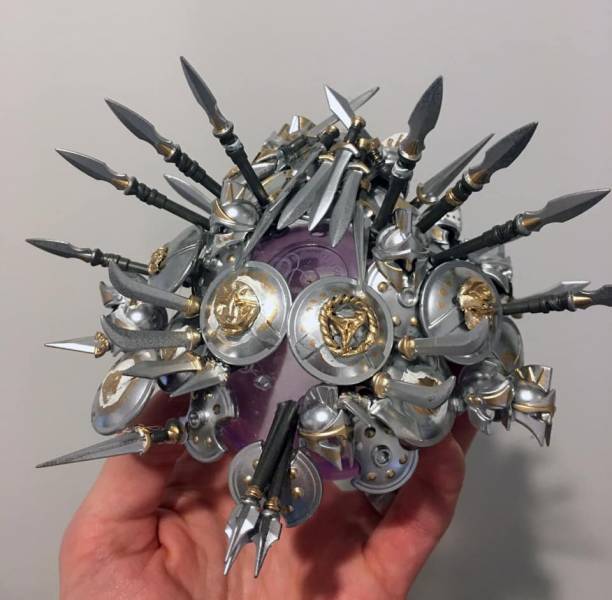
Ryan: Yeah, I guess what I mean is that it’s not like a plein air painting. Instead, I took the Lego pieces and spray painted them silver (I rely a lot on gold and silver spray paint), painted some rudimentary designs on the shields, photographed it, and you’re right—it was really good reference, but it would have been a whole lot easier if I had just been looking at something and painting it. But that doesn’t exist—especially with the specific lighting situation. So I took a little plastic—it was some sort of clear, plastic Easter egg—it was pretty large. So I hot glued all these pieces of armor to this easter egg and shined a light in the center so the light would come through and photographed the whole thing. It did end up being a pretty good representation of what it needed to be.
In the end, they didn’t use it for much. But I was glad I got to show the image anyway.
Steve: For what it’s worth, you knocked it out the park and the Lego swords and shields were totally worth it.
Ryan: They were! They probably ended up being $30-$40. Not that bad.
Steve: Okay, we’re running short on time, and before we go, I’m curious if you have a favorite piece of photo reference or favorite maquette that you’ve ever done?
Ryan: Yeah, the maquettes I sculpted for Ugin and Azor are probably the most complete pieces I’ve ever done. And I’m really proud of those.
So there you have it. A look behind the scenes at Ryan Pancoast’s reference process.
While there are folks who consider the use of reference cheating, the fact is that reference has been part of the art process for a long, long time. Within illustration, the use of photo reference became part of the process as soon as photography became widespread and affordable. Look at someone like NC Wyeth’s work (someone whose work both Ryan and I adore), and you can find photos of his children—and even Wyeth himself—dressed in the costumes of the characters he painted. Look at the women he painted, and you’ll essentially see portrait after portrait of his wife, Carolyn.
Reference is a vital tool in our respective tool boxes. Figuring out the right way to use it is important. And not everyone is going to create or employ it in the same way. Still, just as a photo of a vacuum cleaner tube inspired Ryan, maybe his Legos or sculptures will inspire someone reading this.


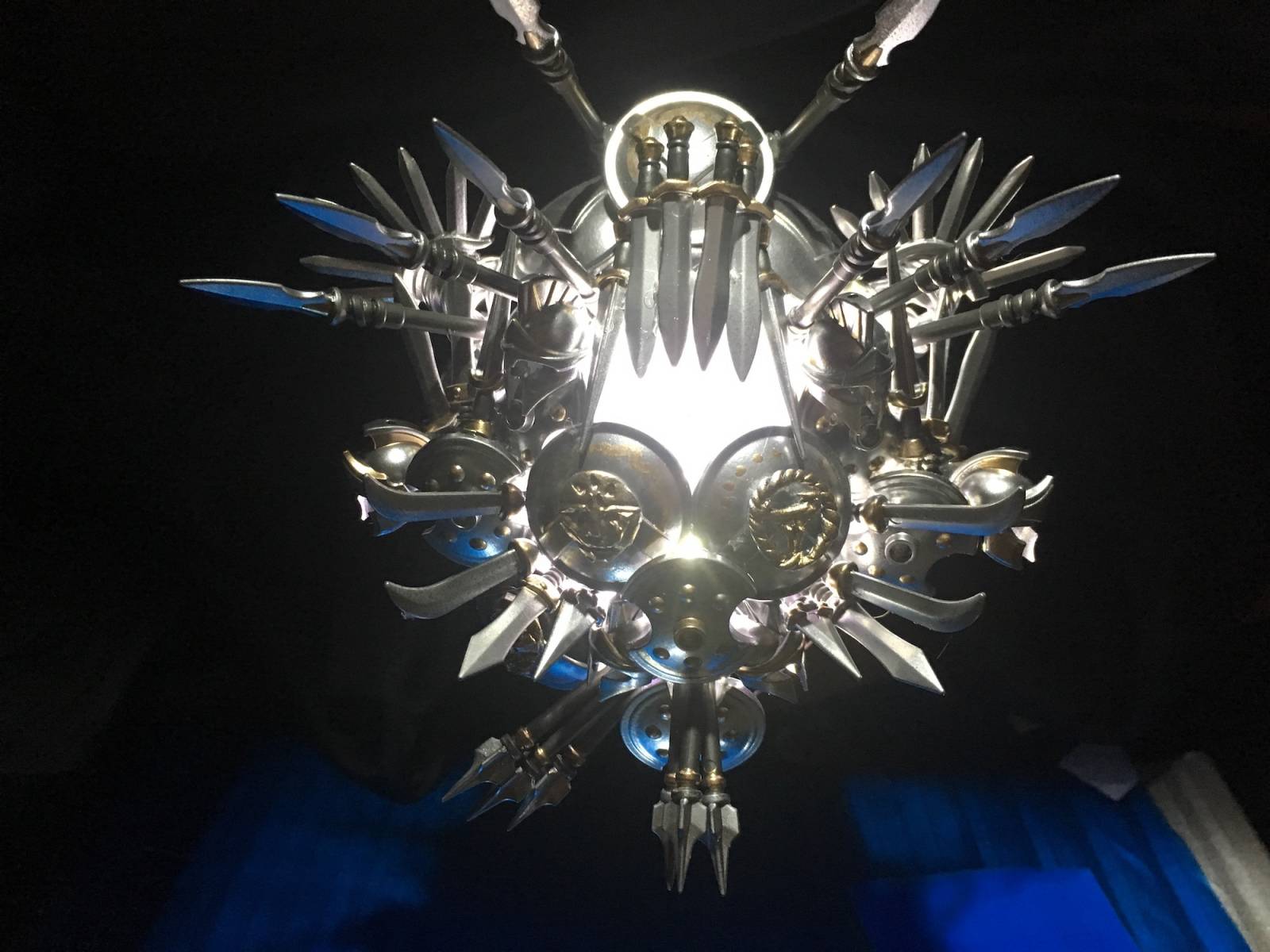
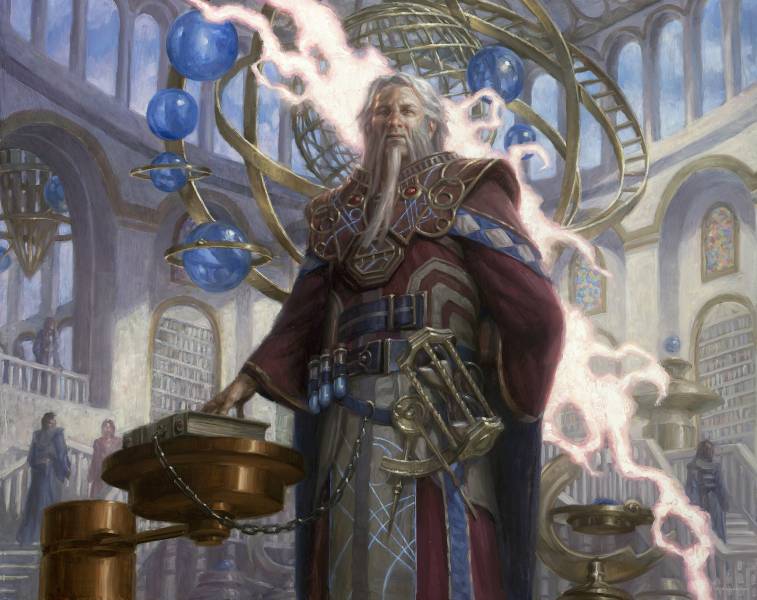
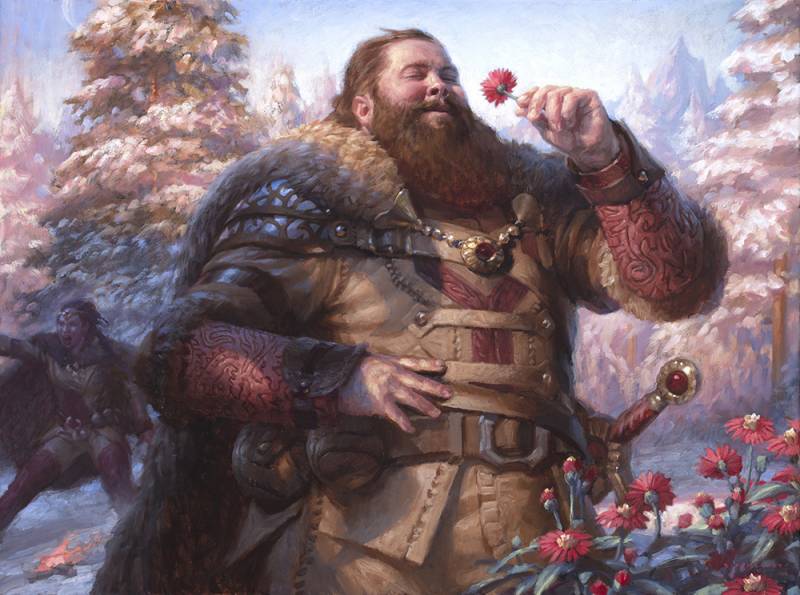
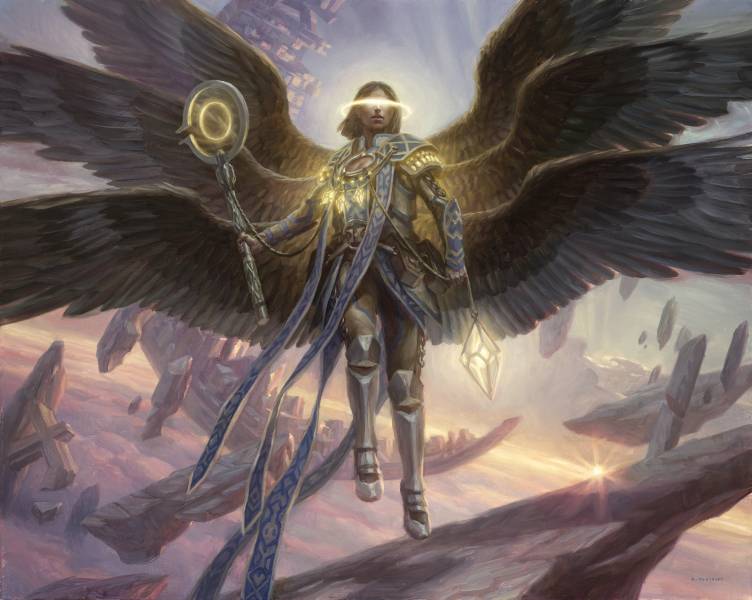
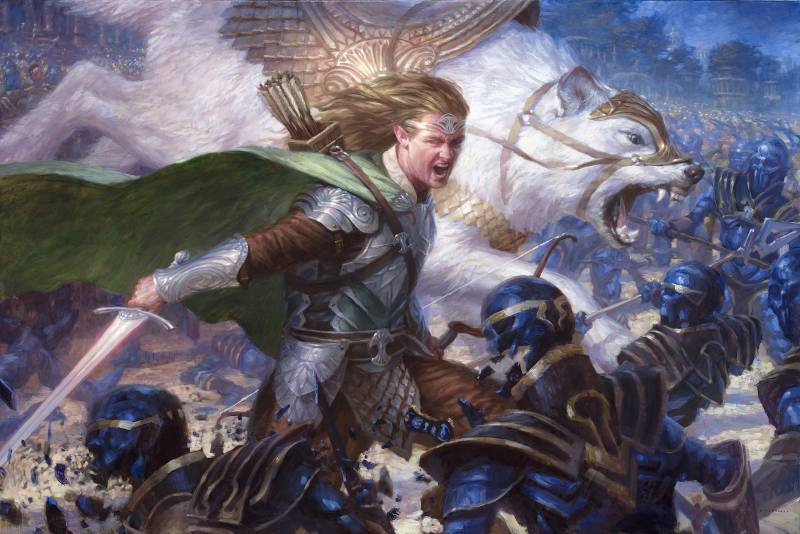
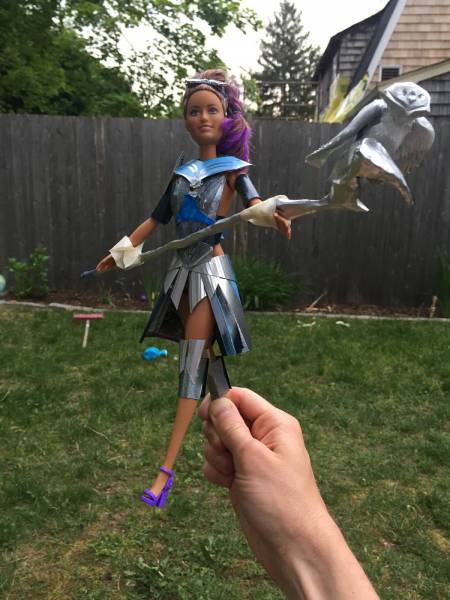
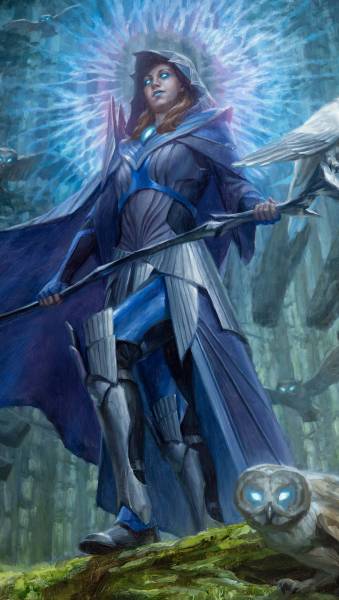
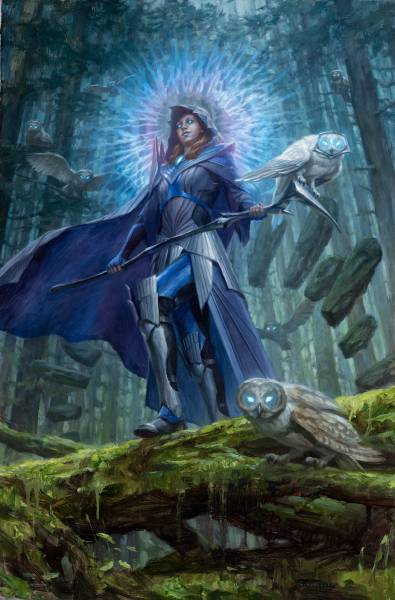
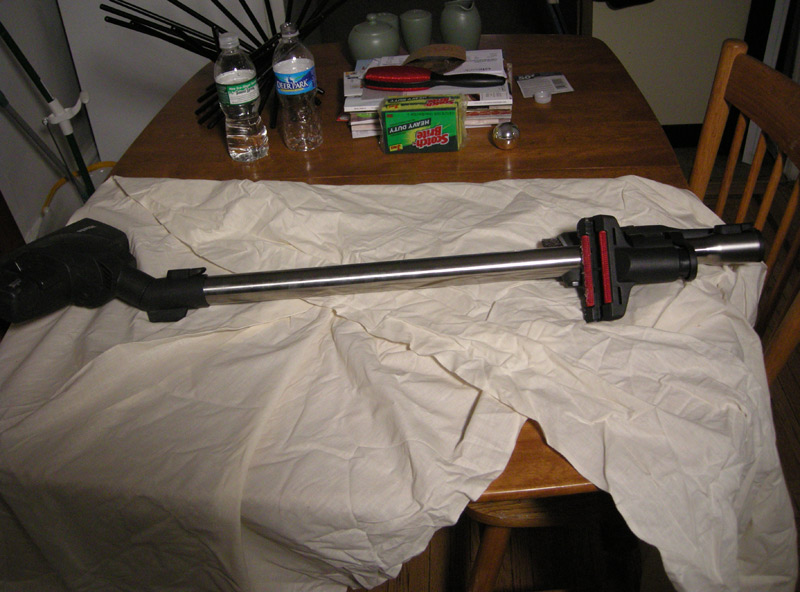
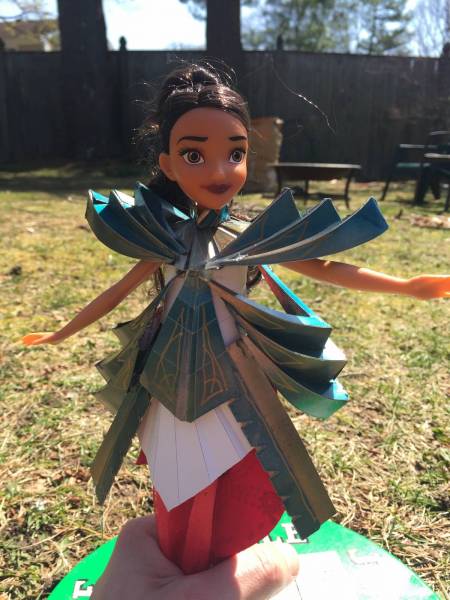
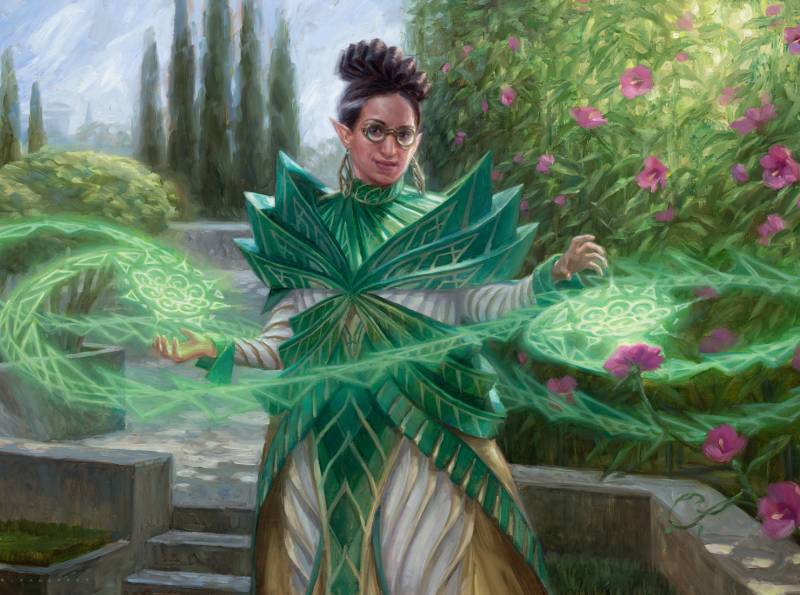

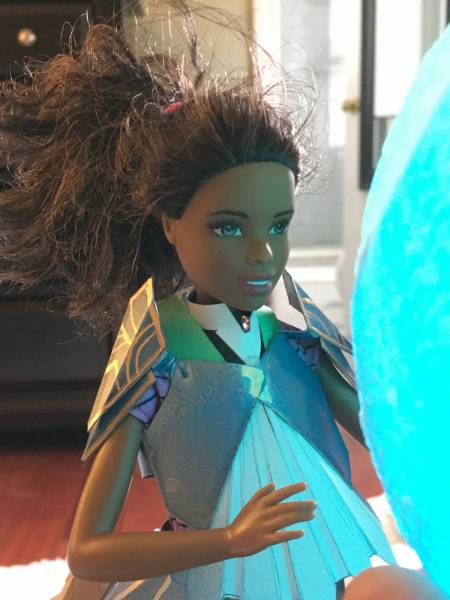




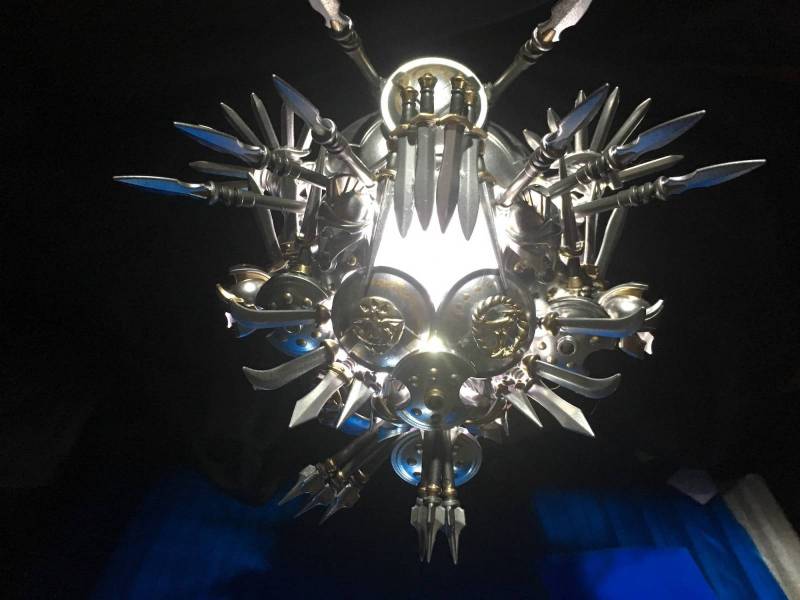
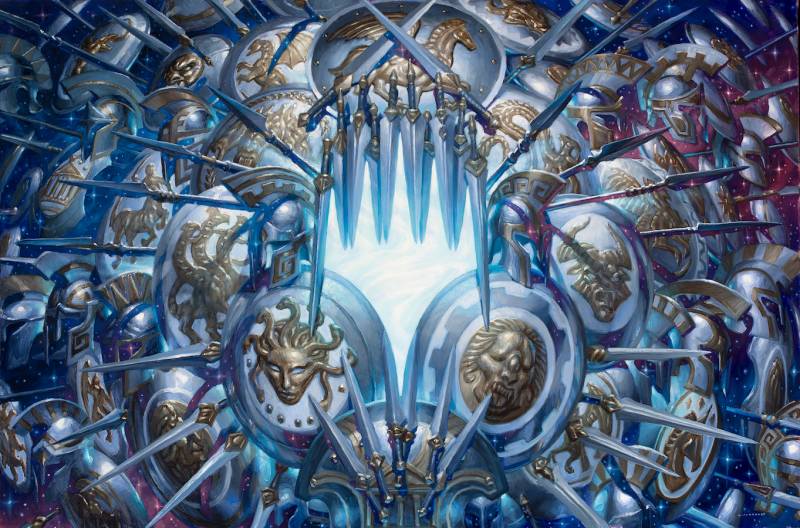
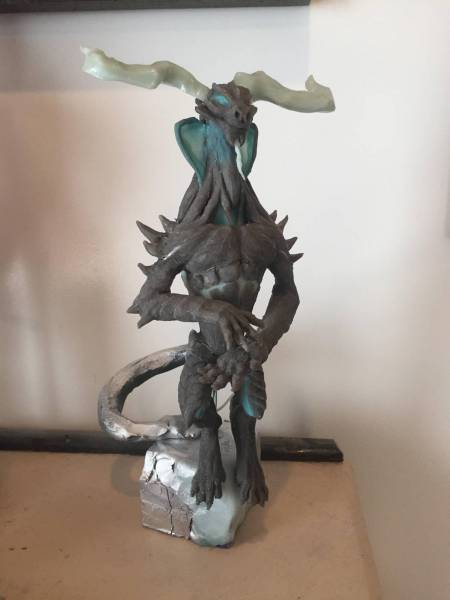
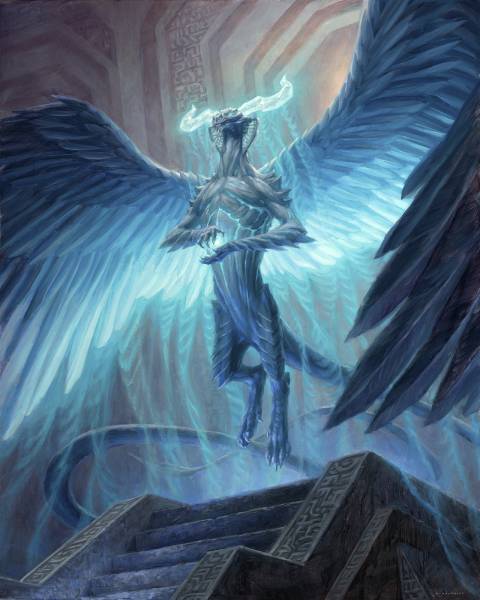
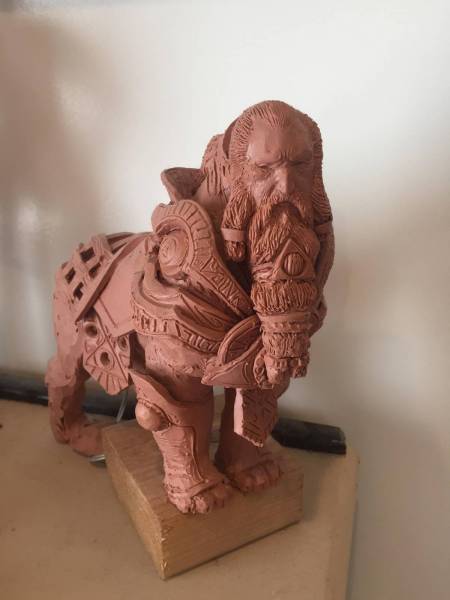
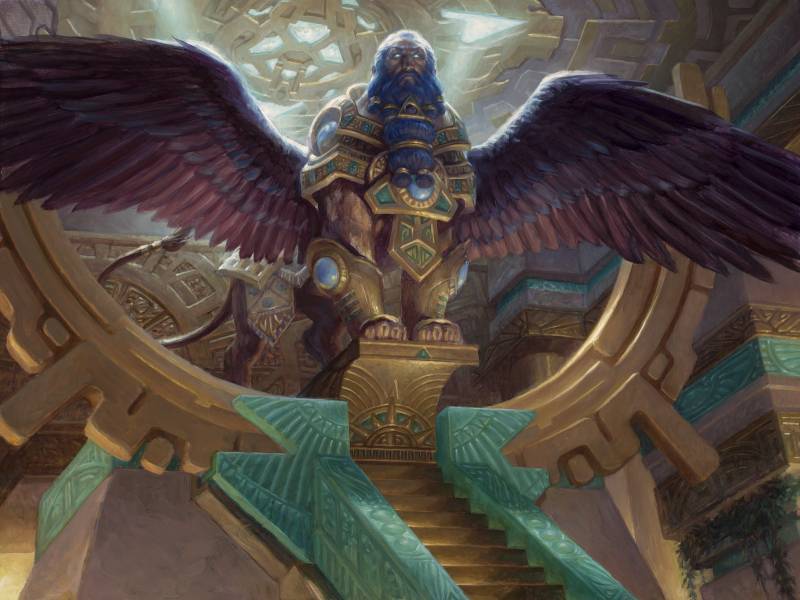
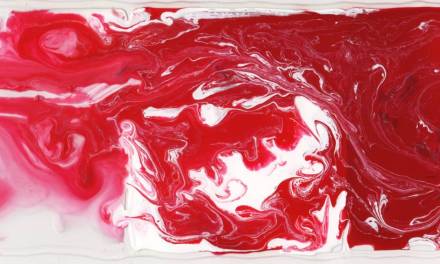

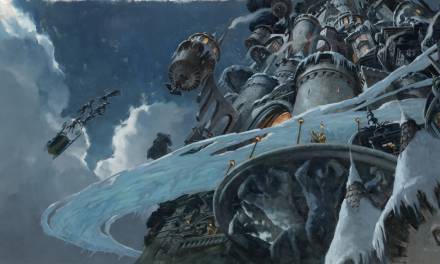
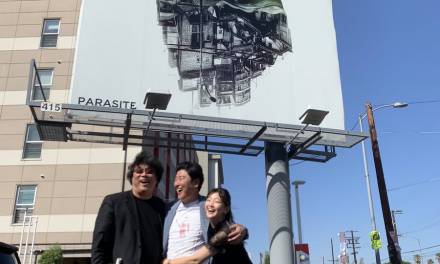
Great interview, this had a lot of useful tips jam packed in from both yourself and Ryan.
Fantastic interview! Thanks for sharing it with us.
Marvelous! I really admire Ryan’s work.